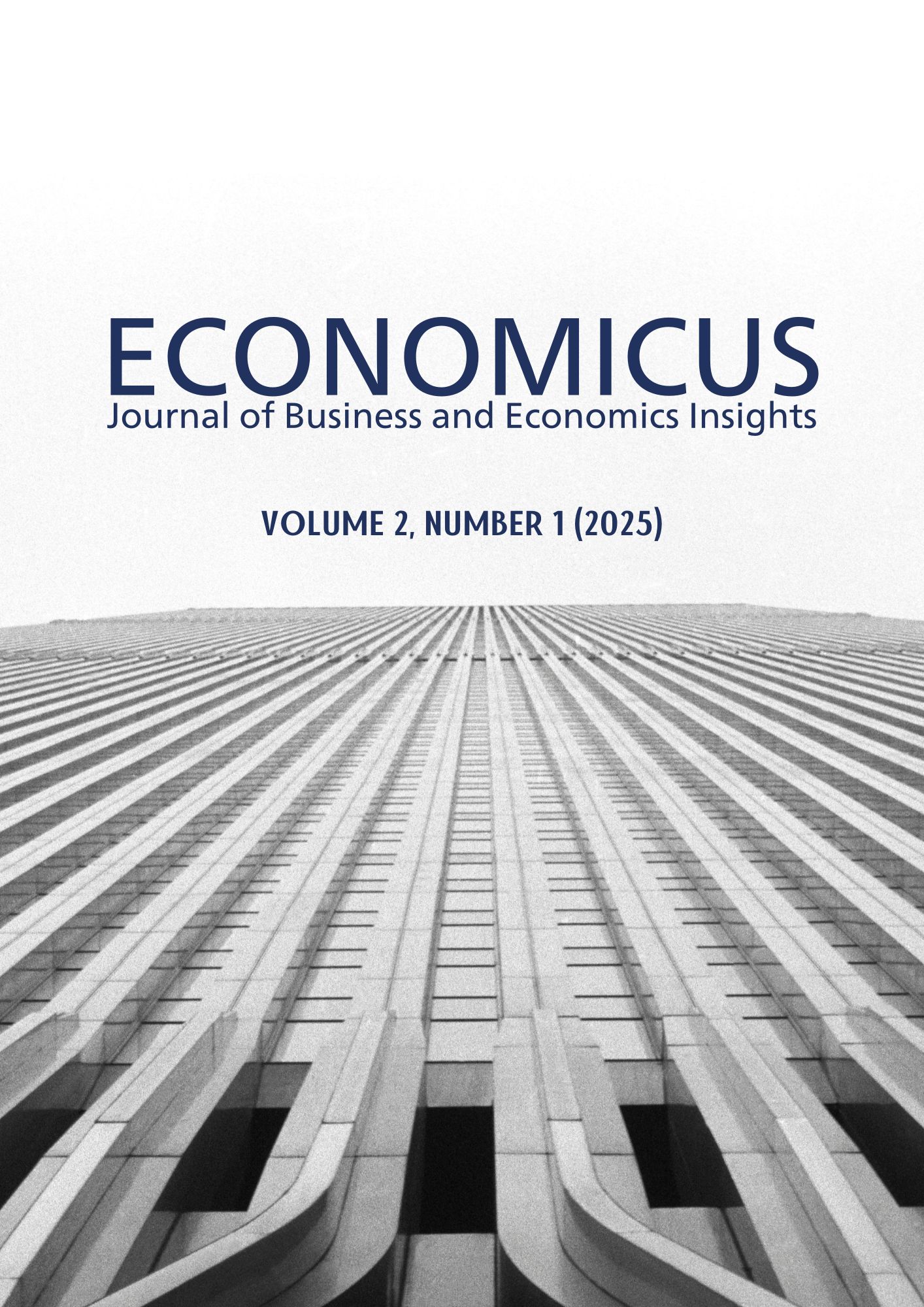¿Funciona la colocación de marcas conjuntas en la retención de anuncios? Explorando el impacto de la colocación de marcas conjuntas en la publicidad animada con narrativas
Palabras clave:
familiaridad con la narrativa, co-branding, retención publicitaria, involucramiento del consumidorResumen
Este estudio examinó el efecto de la familiaridad con la narrativa y el co-branding en la retención publicitaria. Se utilizó al popular personaje “Jack Be Nimble,” empleado en anuncios de Geico, para analizar el impacto de la marca principal y la marca conjunta en la retención del anuncio. Primero, el estudio investigó cómo la familiaridad de los consumidores con el personaje de la narrativa (Jack Be Nimble) influía en la retención del anuncio. Posteriormente, se evaluó cómo el nivel de involucramiento de los consumidores con la categoría de producto (moda) afectaba la retención del anuncio de la marca co-patrocinadora (Banana Republic). Los resultados mostraron que la retención publicitaria fue significativamente mayor cuando los participantes indicaron un alto nivel de familiaridad tanto con el personaje de la narrativa (Jack Be Nimble) como con la marca principal (Geico). En cuanto al efecto del co-branding, no se encontró una relación significativa entre la familiaridad con la marca conjunta (Banana Republic) y la retención del anuncio. Sin embargo, los resultados revelaron que los participantes que recordaron la marca conjunta (Banana Republic) reportaron un alto nivel de involucramiento con la categoría de producto (moda).
Descargas
Descargas
Publicado
Cómo citar
-
Resumen92
-
PDF 33
Número
Sección
Licencia
Derechos de autor 2025 Economicus Journal of Business and Economics Insights

Esta obra está bajo una licencia internacional Creative Commons Atribución-NoComercial 4.0.










